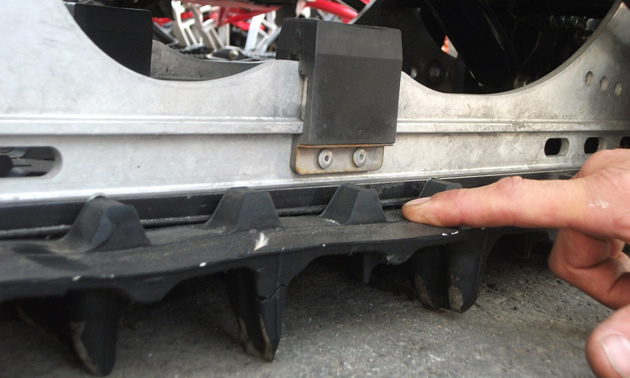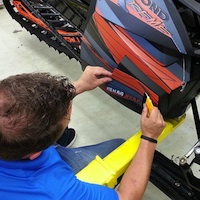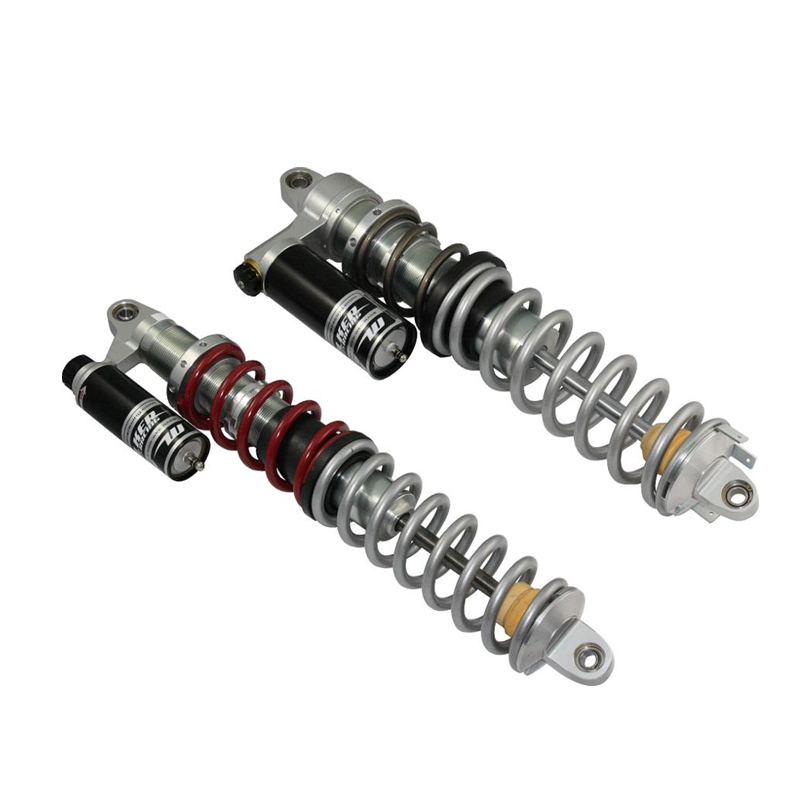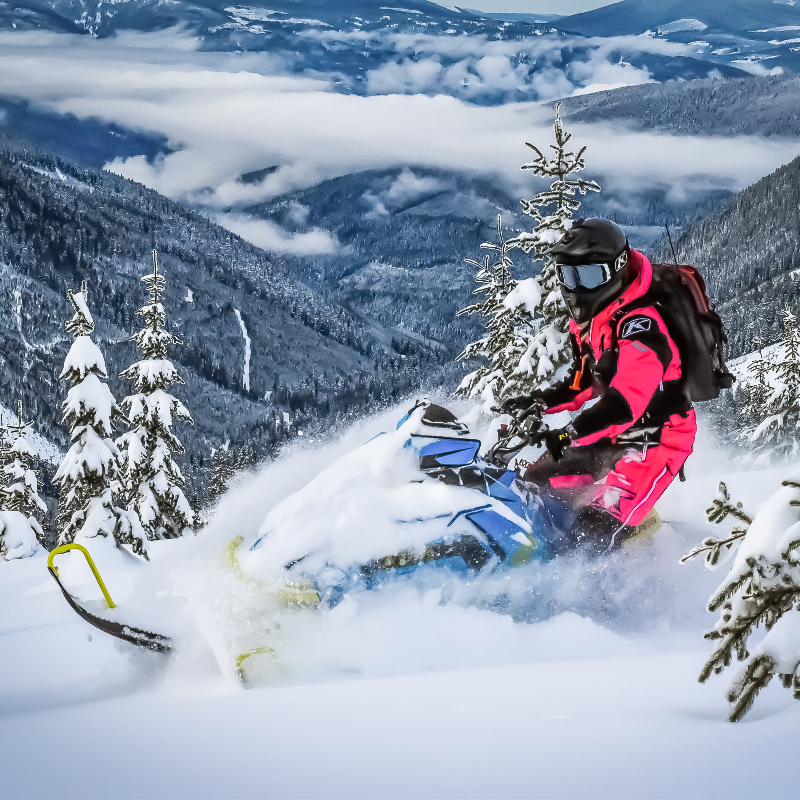Seasons change, so onward and upward we go into sledding season. Usually, we would recommend doing a full service on your sled before you put it to sleep in the late spring. Some are diligent about doing so—others, not so much. So here are some handy tips to bust out your braap-mobile from its summer slumber.
Flush out the fuel tank
The addition of fuel stabilizer is an important aspect of putting your sled to sleep at the end of the season—this prevents the gas from breaking down and wreaking havoc with your fuel system. If you didn’t add stabilizer in the spring, you can usually tell the difference between the smell of good gas and bad gas.
If you suspect the gas has gone bad or that it may be compromised by water, completely drain the tank. Do not vacuum the tank out, as vacuuming causes static electricity—and gas, well, you get the picture: boom!
So drain out your tank as best you can and then add a high-quality gas, according to the specific requirements of your sled.
Inspect the track
Read your owner's manual regarding specs for your track tension. Each unit is different, so abide by your manual. Inspect your track for wear, rubbing and missing paddles.
Change the shocks
If you have a rebuildable-type shock, it should be changed once per year, optimally, or after every 1,000 miles. Moisture accumulates in the shock over time and use. On your first ride out, that fluid build-up can freeze, causing your suspension to collapse. This can also lead to internal damage of the shock, but this is easily preventable.
There are shock rebuild kits and it is recommended that you either take it to a local shop or a professional shock rebuilder for continuity in quality.
Sliders and such
Check for wear on your hyfax. If they get down to the wear indicator, or are close to it, change them out. It is way easier to do it now than in the middle of winter. You don’t want to be that “Tinkerbell” who is out there tinkering on your sled five minutes before the ride when everyone else is ready to go.
Check out your Bogey wheels as well by looking for cracks, breaks, chips and wear.
Also check the bearings. They are not very expensive to replace. Some people will repack their bearings, but we suggest that you simply replace them. For the difference in cost, and the peace of mind you gain, it is best to go with brand new.
Check the clutch
Before jumping right into your clutches, let us first examine the belt itself. We want to make sure it’s properly tensioned and free of defect. Hourglasses, fraying and pieces missing are all signs that your clutches need attention. With the actual clutch, we want to look for signs of wear, such as cracked or dirty sheaves, physical damage, missing fasteners, etc. You can just do a visual inspection.
While you are examining your clutches, take some time to check out your engine mounts; if you have broken engine mounts, this will affect the alignment of your clutches and create accelerated wear on your belt drive system.
Top it up
You should have fully serviced your sled before putting it away for the summer. Your chain case oil should be changed at the end of the season; doing so gets rid of any water that may have built up. If you didn’t, then change your chain case fluid now. Also check your brake fluid and top up your injection oil, coolant and engine oil (if it is a four-stroke unit).







